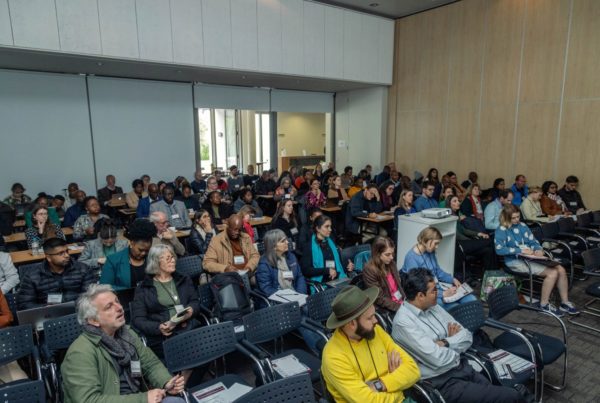Candidate: Nic Spaul
Supervisor: Professor Servaas van der Berg
Institution: Stellenbosch University, Faculty of Economic and Management Sciences, Department of Economics
Abstract:
Education has always occupied a central role in the discipline of economics, featuring prominently in the theoretical constructs of the discipline and, more recently, in their empirical applications. While one can trace the origins of Human Capital theory all the way back to Adam Smith’s ‘The Wealth of Nations’, the two major advances in our understanding of education’s role in economic development transpired in the last 50 years. The first was halfway through the 20th century with the work of Mincer (1958), Schultz (1961) and particularly that of Becker (1962) who formalized the idea of Human Capital. The second advance was at the turn of the 21st century when Hanushek and Kimko (and later Wößmann) incorporated measures of education quality into their models of economic growth. This latest strand of research serves as the point of departure for this thesis, placing education quality at the centre of the discussion.
The thesis begins by focussing on the South African case and highlighting three broad issues that characterise education in the country: (1) the high levels of inequality that can be seen when comparing student performance by race, language, geographic location and socioeconomic status. New evidence is presented to show that South Africa does indeed have two public schooling systems, reiterating and confirming the findings of other South African scholars. (2) Using intra-survey benchmarks of student achievement, Chapter 2 develops a new method of quantifying learning deficits in mathematics by using three different datasets covering grades 3, 4, 5, 6 and 9. The learning gap between the poorest 60% of students and the wealthiest 20% of students is found to be approximately three grade-levels in grade 3 and grows to between four and five grade-levels by grade 9. (3) The focus then shifts to the complex issue of language and performance, which is addressed in Chapter 3. Here the aim is to exploit an unusual occurrence whereby a large group of South African students were tested twice, one month apart, on the same test in different languages. Using a simplified difference-in-difference methodology it becomes possible to identify the causal impact of writing a test in English when English is not a student’s home language.
The final two chapters of the thesis widen the remit of analysis to include 11 countries in Sub-Saharan Africa, viz. Kenya, Lesotho, Malawi, Mozambique, Namibia, South Africa, Swaziland, Tanzania, Uganda, Zambia and Zimbabwe. Here the aim is to develop a composite measure of education access and education quality by combining household data (DHS) on grade completion and survey data (SACMEQ) on cognitive outcomes. The new measure, termed access-to-literacy and access-to-numeracy is reported for all countries and important sub-groups in Chapter 4. The method is then used in Chapter 5 to compare access-to-learning over a period of increased access to schooling (2000-2007). In all countries there was an improvement in access to literacy and numeracy, challenging the widely held perception that there is always an access-quality trade-off in education. In particular, girls and those in relatively poor households benefited most from this improvement in access to literacy and numeracy. The thesis ultimately concludes that if children are to realize their full potential, the expansion of physical access to schooling in the developing world must be accompanied by meaningful learning opportunities. The acquisition of knowledge, skills and values must be the central aim of educational expansion.
DOWNLOAD PDF





